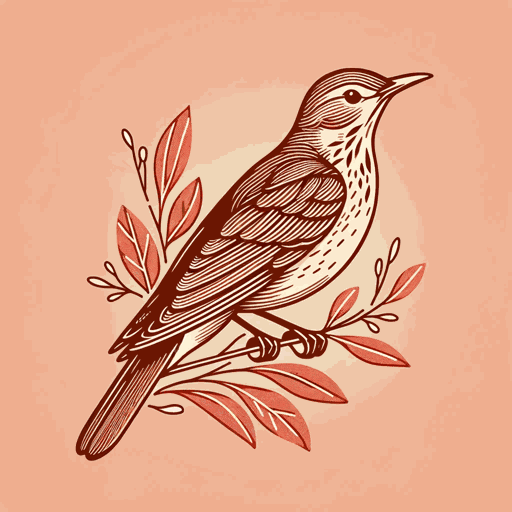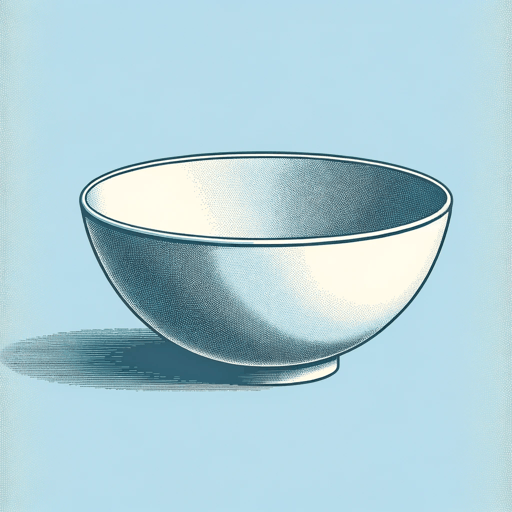18 pages • 36 minutes read
Jane KenyonLet Evening Come
Fiction | Poem | Adult | Published in 1990A modern alternative to SparkNotes and CliffsNotes, SuperSummary offers high-quality Study Guides with detailed chapter summaries and analysis of major themes, characters, and more.
Poem Analysis
Analysis: “Let Evening Come”
“Let Evening Come” is a six-stanza poem with three lines per stanza. The poem has a varied meter, alternating between iambic and anapestic feet. The poem—and every stanza except for Stanza 5—begins with the anaphoric “Let” (Line 1). By repeating this word (“Let the light” [Line 1]; “Let the cricket” [Line 4], etc.) and the titular phrase “Let evening come,” Kenyon uses anaphora to persuade her reader to accept and invite evening or life’s end. For example, in Line 1 the speaker resigns themself to allowing the light to lower when they state, “Let the light of late afternoon / shine through chinks in the barn” (Lines 1-2). Throughout the poem Kenyon paints a scene, and it begins with this light “moving / up the bales as the sun moves down” (Lines 2-3). From line to line, the speaker creates a picture of the coming night on a rural farm.
Stanza 2 continues and expands the image of the nearing evening when the speaker describes the crickets beginning to sing, “chafing / as a woman takes up her needles” (Lines 4-5). The speaker uses a simile, a literary device that compares two unlike things by using the word “like” or “as,” when they compare the cricket moving its legs back and forth (to make a chirp) with the movement of a woman’s needles back and forth as she knits.
Related Titles
By Jane Kenyon




